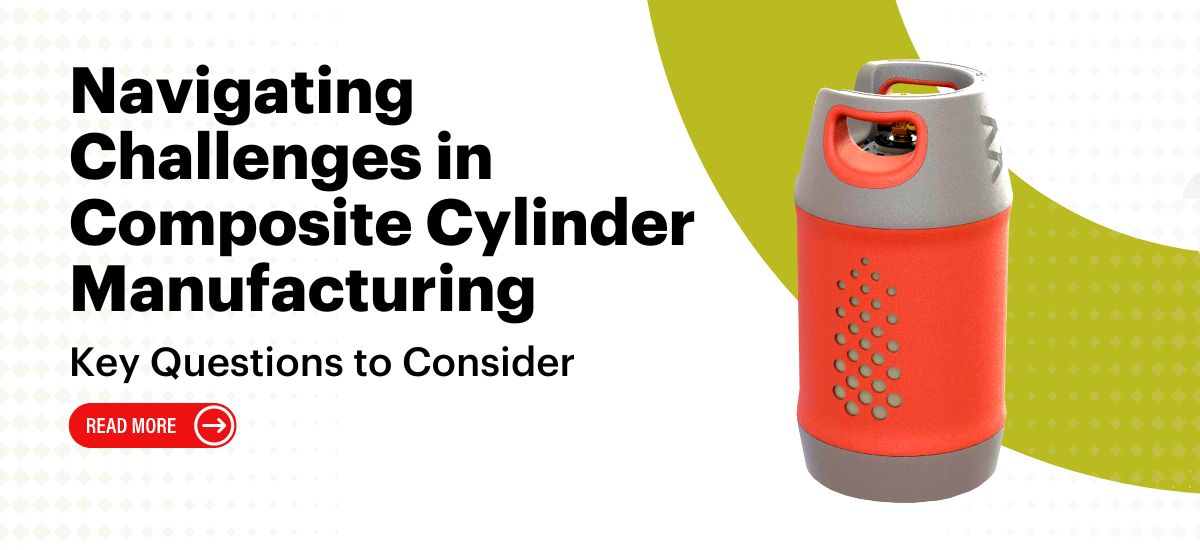The manufacturing of composite cylinders, particularly for applications like liquified petroleum gas (LPG), compressed natural gas (CNG) storage, aerospace, and other industrial uses, is an evolving sector driven by the need for lightweight, high-strength materials. While the industry’s growth is beyond doubt, the focus on large-scale manufacturing, and the challenges associated with mixing and dispensing epoxy resins during filament winding is a key concern for most manufacturers.
Industry Growth and Focus on Large-Scale Manufacturing
The composite cylinder industry has witnessed significant growth due to the increasing demand for lightweight and durable alternatives to traditional metal cylinders. These composite cylinders offer advantages such as corrosion resistance, high strength-to-weight ratio, and improved safety features, making them ideal for various applications where weight reduction and durability are critical.
Large-scale manufacturing of composite cylinders is a key focus to meet growing market demands efficiently. Cylinders that can withstand high pressures while maintaining structural integrity over extended periods are crucial to dive this growth. This necessitates robust manufacturing processes capable of producing cylinders in large quantities without compromising quality.
Challenges in Mixing and Dispensing of Epoxy Resins in composite cylinder manufacturing
Precision and Consistency:
Achieving precise mixing ratios of epoxy resins and hardeners is crucial for ensuring the mechanical properties and curing characteristics of the composite material. Variations in mixing can lead to inconsistencies in resin impregnation, affecting the final product’s strength and durability.
Viscosity Control:
Epoxy resins used in filament winding must maintain optimal viscosity throughout the dispensing process to ensure uniform wetting of the reinforcing fibers. Controlling viscosity is challenging, especially with variations in ambient temperature and resin formulations, which can impact resin flow and fiber impregnation.
Curing Optimization:
Proper curing of epoxy resins is essential for achieving desired mechanical properties and dimensional stability of composite cylinders. Factors such as temperature control during curing and adequate post-curing processes are critical to prevent defects like voids and resin-rich areas that can compromise cylinder performance.
Equipment Efficiency:
High-volume manufacturing requires dispensing equipment capable of handling large quantities of resin efficiently while minimizing waste and downtime. Equipment reliability and maintenance play significant roles in achieving consistent production output and meeting quality standards.
The composite cylinder industry is poised for continued growth, driven by advancements in material science and manufacturing technologies. Twin Engineers has solved critical challenges in mixing and dispensing epoxy resins during filament winding for optimizing production efficiency and ensuring the reliability and performance of composite cylinders in diverse applications. If you want to learn more about how leading manufacturers with a focus on enhancing process control, have benefitted from Twin’s Meter Mix Dispensing Machines, get in touch with us at mktg@twinengineers.com

